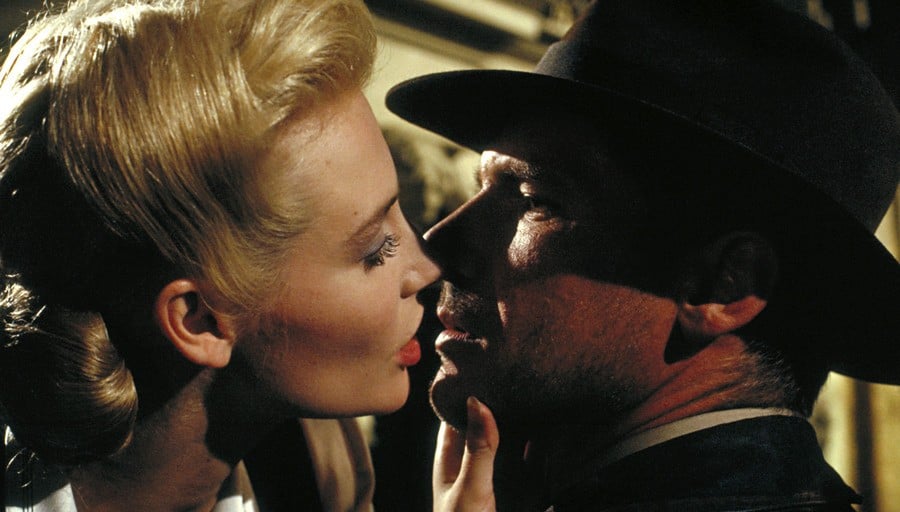
If you're at all familiar with the first three Indiana Jones films, you'll know that Indy has a different love interest across each of the three movies.
There's Marion Ravenwood (played by Karen Allen), the daughter of Indy's mentor Abner Ravenwood, who first appears in Raiders of the Lost Ark. Wilhemina "Willie" Scott (played by Kate Capshaw) — a typical damsel in distress — who encounters Indiana Jones while performing at the Club Obi-Wan in Temple of Doom. And Dr. Elsa Schneider (played by Alison Doody) — an Austrian archaeologist who tricks Indiana Jones into helping the Nazis locate the Holy Grail before meeting her untimely end — in The Last Crusade.
Though this would eventually change Marion's reappearance in The Kingdom of the Crystal Skull, this was for the longest time believed to be an essential part of the Indiana Jones character. Which makes it slightly odd that in the 1999 video game Indiana Jones & The Infernal Machine, the director Hal Barwood decided to go against this trend, bringing back the love interest Sophia Hapgood from Fate of Atlantis.
In a recent interview with Time Extension, Barwood said the decision came about due to his own experiences with relationships and disinterest in characters that have affairs:
A lot of the Jones character in the movies is actually a little bit based on, I believe, James Bond, who is a famous womanizer. In every movie and each book, Bond meets some woman and he beds her and has an affair, and then he's onto the next thing. Indiana Jones just did the same thing in the movies — though they eventually brought back Karen Allen (who played Marion).
I don’t like that. I was married for 60 years to my childhood sweetheart and it was a long and loyal marriage. I’m not very interested in characters who have wandering eyes and affairs, to be honest with you. So I didn’t want to do that. And I thought I need a character who can come and go a little bit in the games, but when I need someone to talk to I can have that person there, I can have that person help you, but they can get out of the way if we’re pressed to get our stuff done.
As a result, rather than introducing a new character, Barwood remembered the character of Sophia Hapgood and decided the best course of action was to bring back the archaeologist/psychic for the new game. This also opened up the potential for cooperative puzzle-solving and moments of dramatic tension:
I thought I’ve got this shifty character from Fate of Atlantis who was a romantic interest in that game. I’ll bring her back and do the same kind of thing. Make her a shifty kind of character. And in this case, I gave her a reason to be shifty because she’s an intelligence agent in the CIA. So I thought that worked pretty well.
Eventually, there are cooperative puzzles that you need her help to solve and in a couple of cases, you have to rescue her, and she has to rescue you. It just allows for a wonderful way to incorporate dramatic elements into a game. And there’s kind of mystery to it all. She knows more than you do. I thought that was a really good way to run that story.
Do you think bringing back Sophia Hapgood was the right decision? How do you think she stacks up compared to the film's leading ladies? Let us know in the comments!

